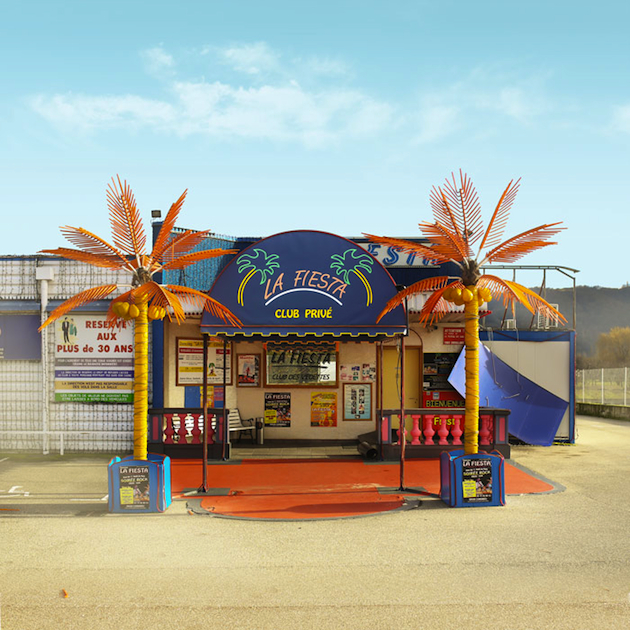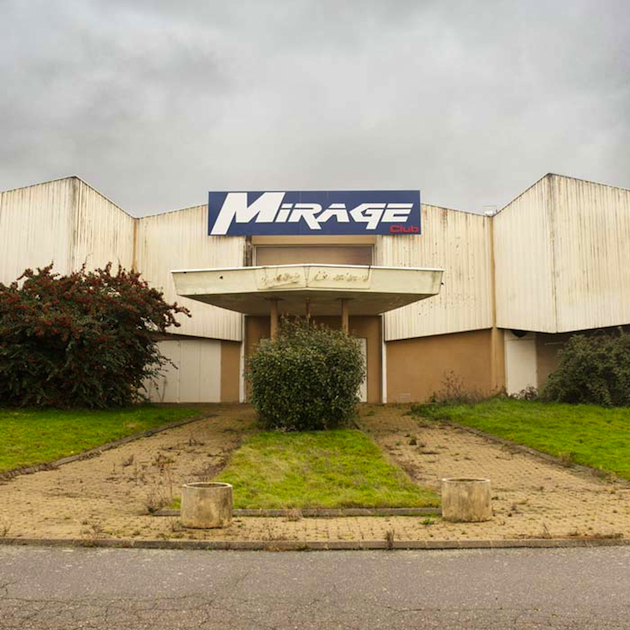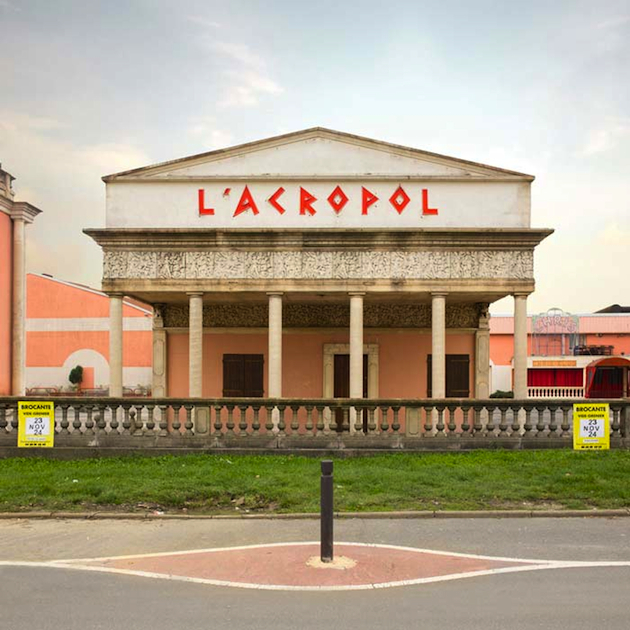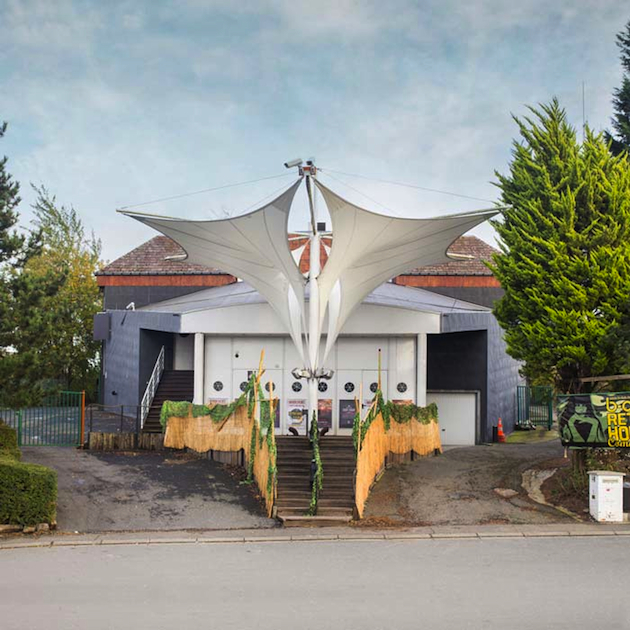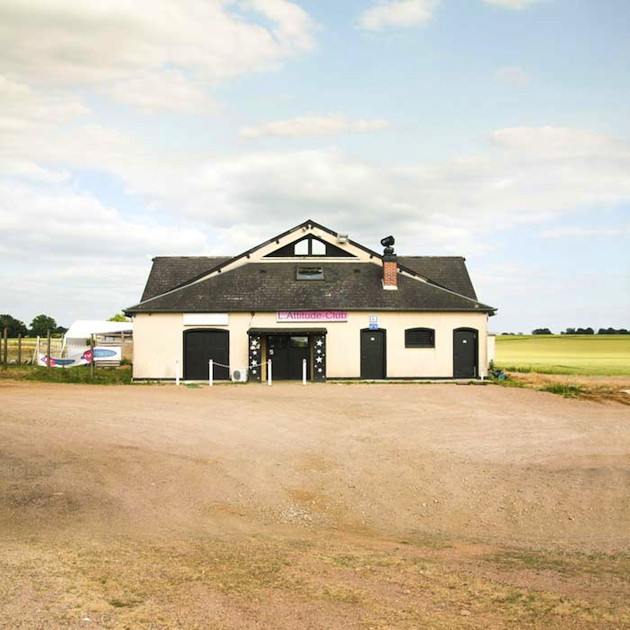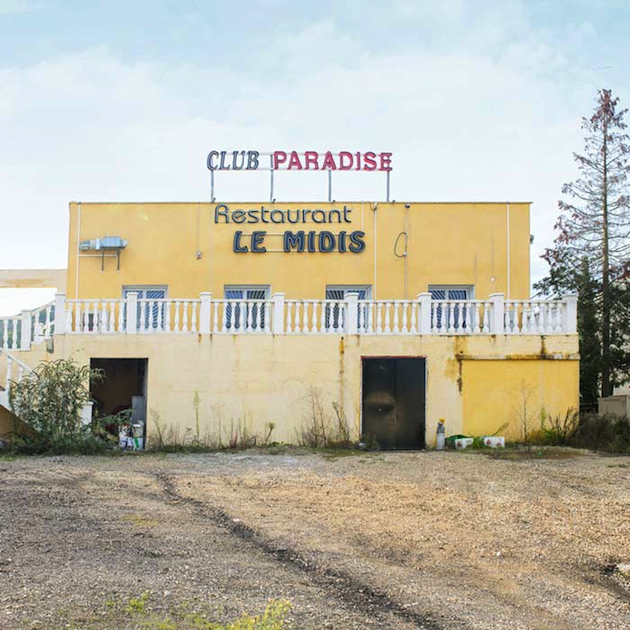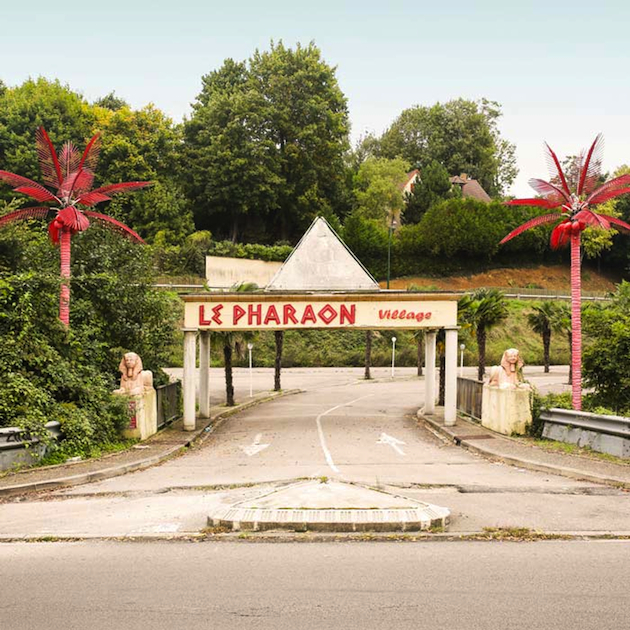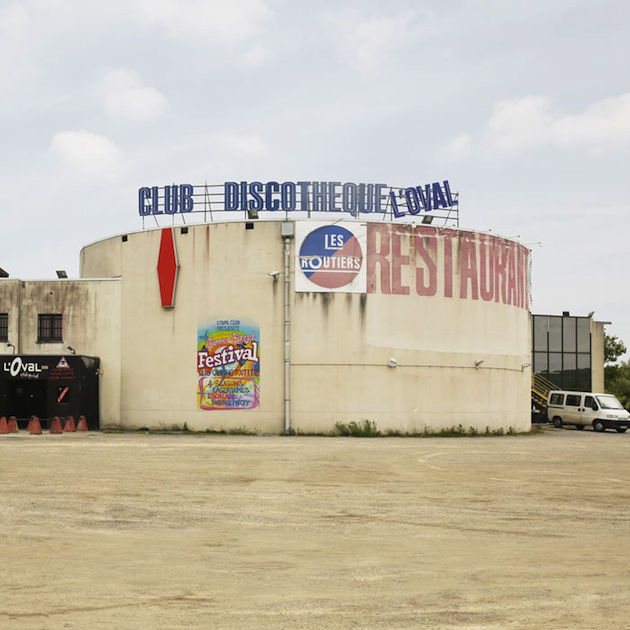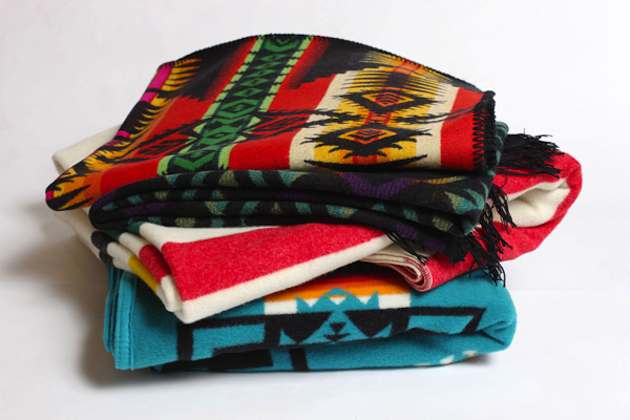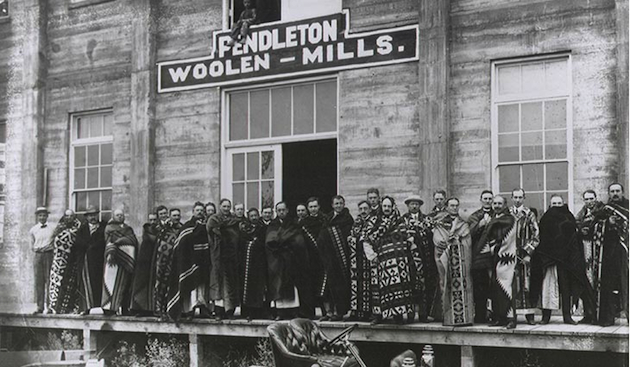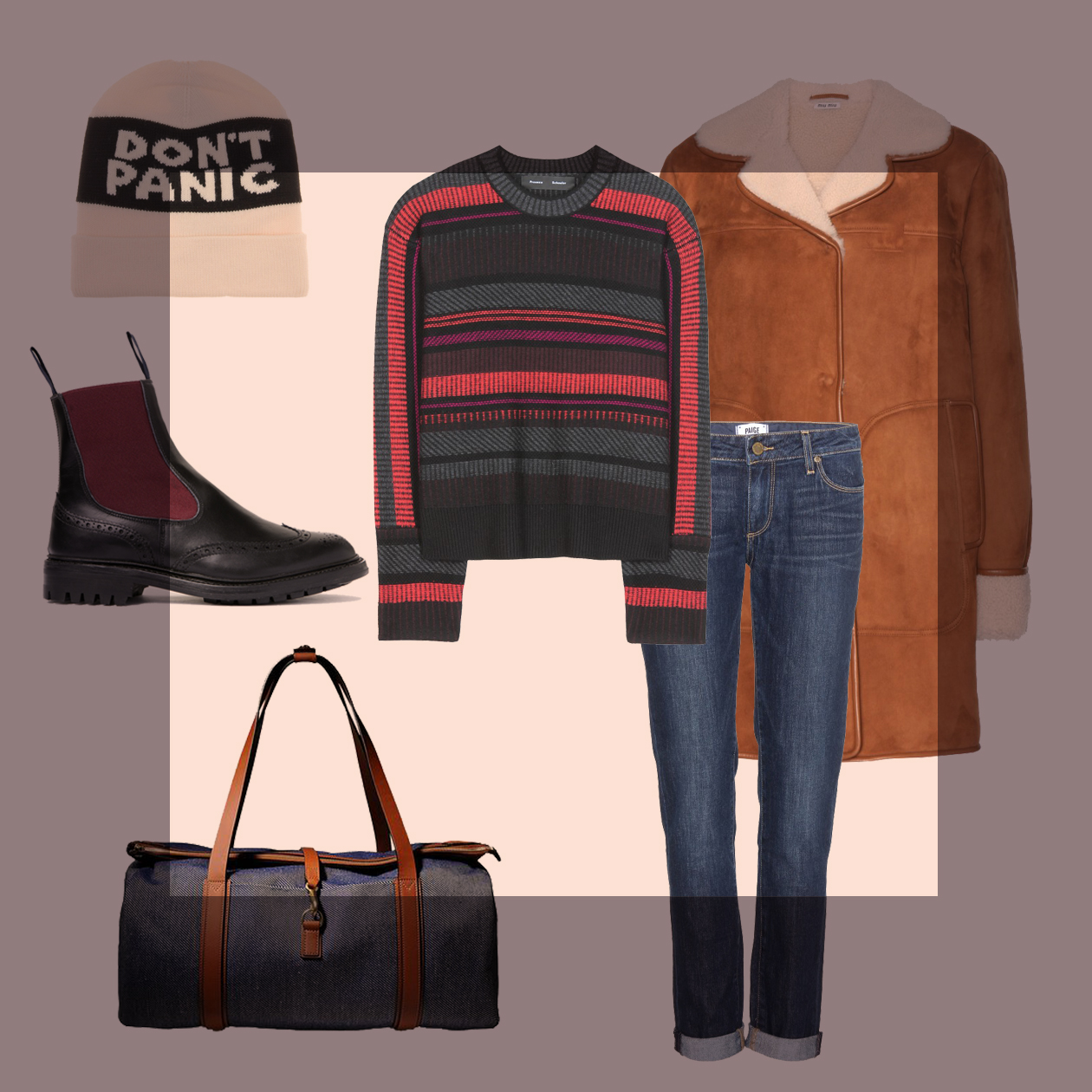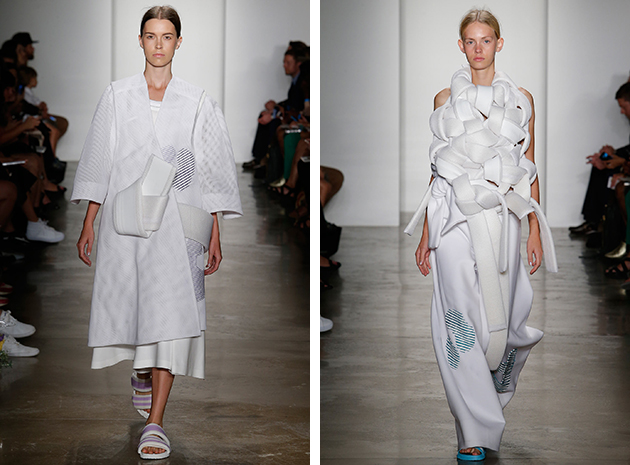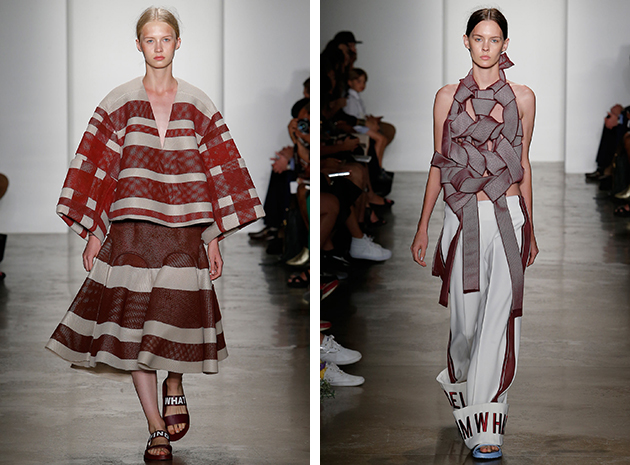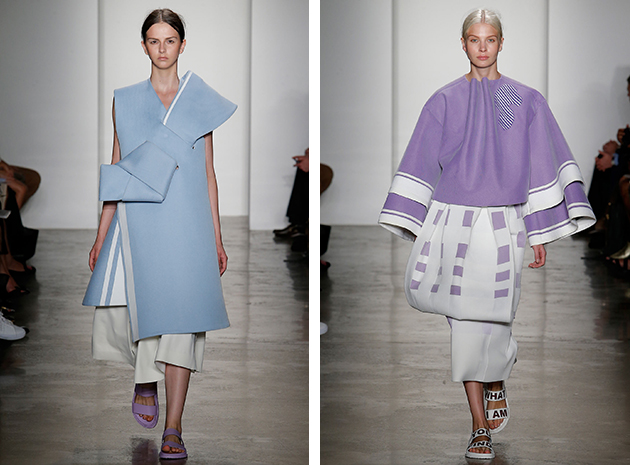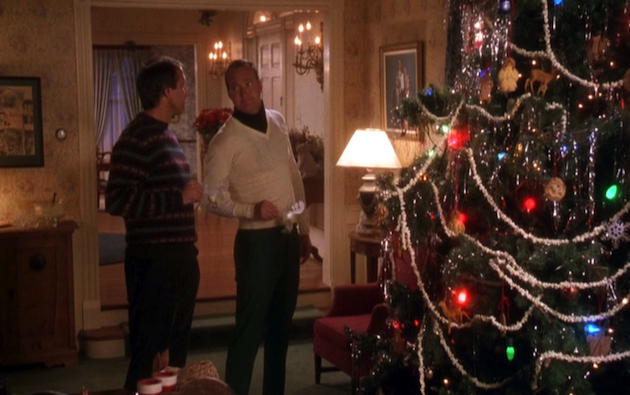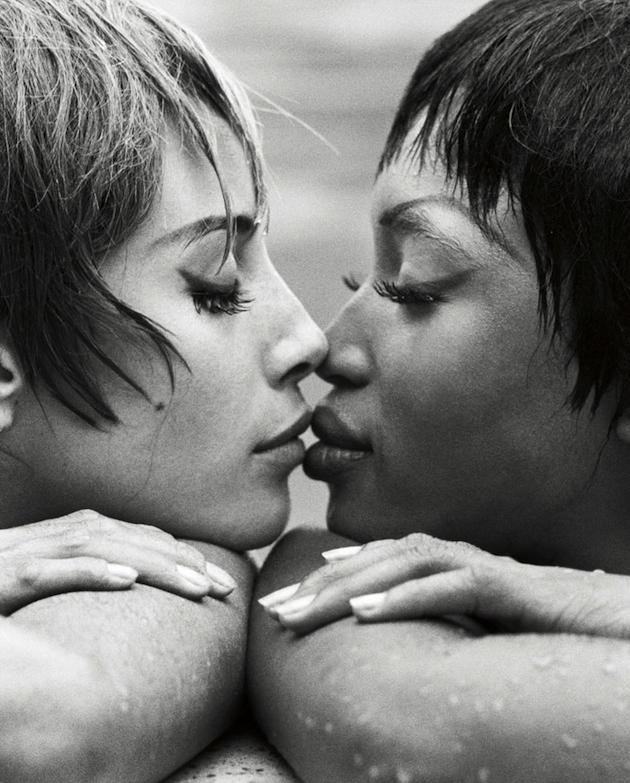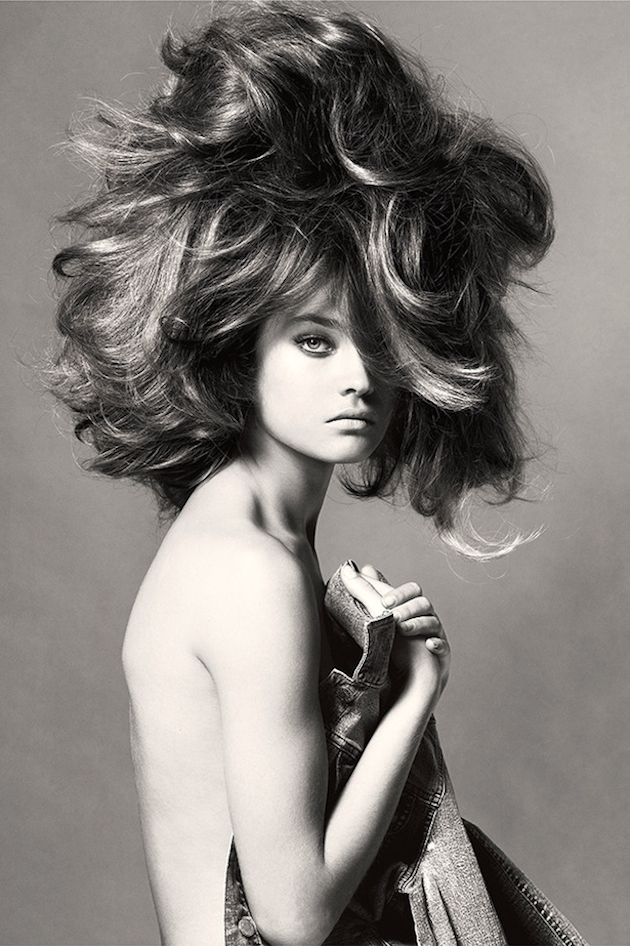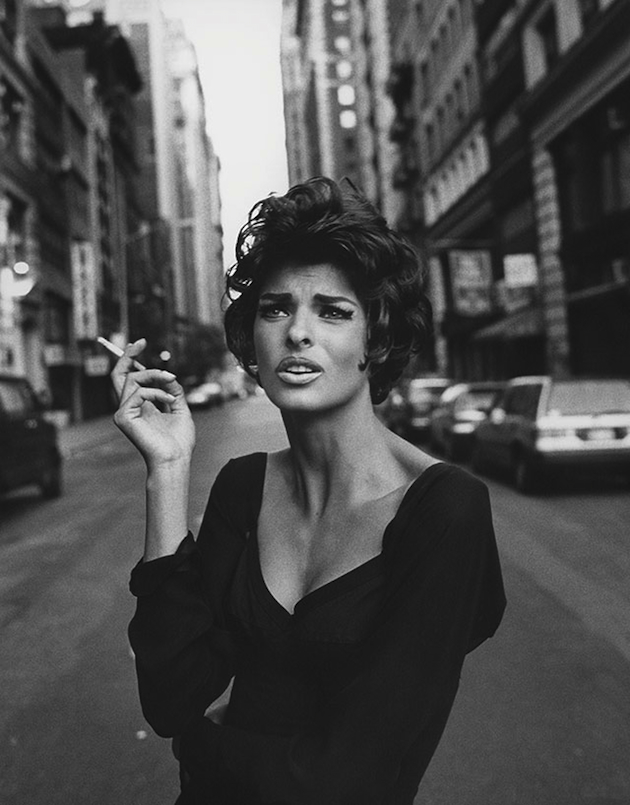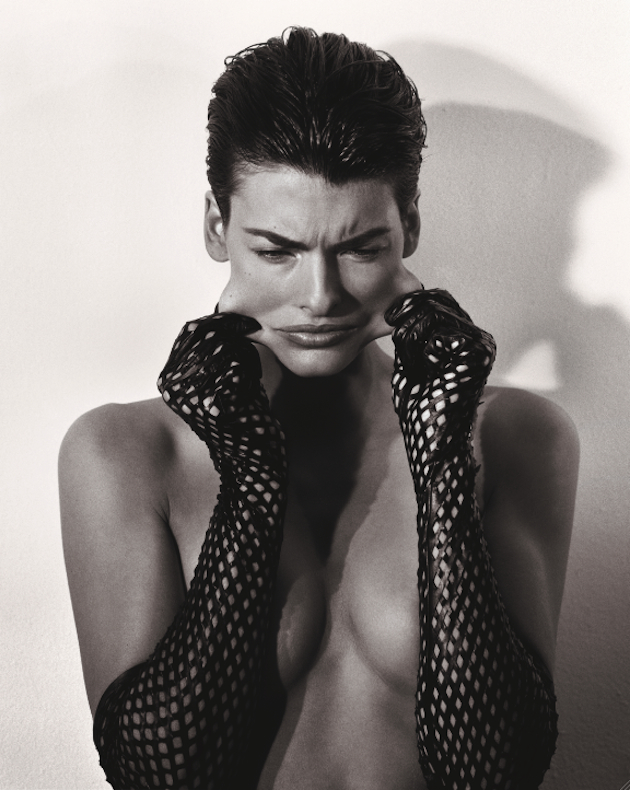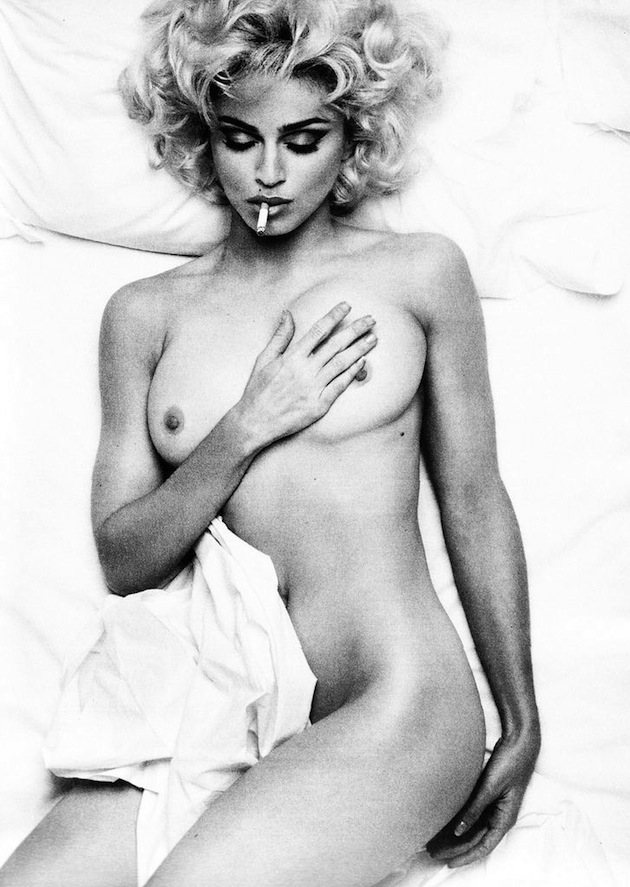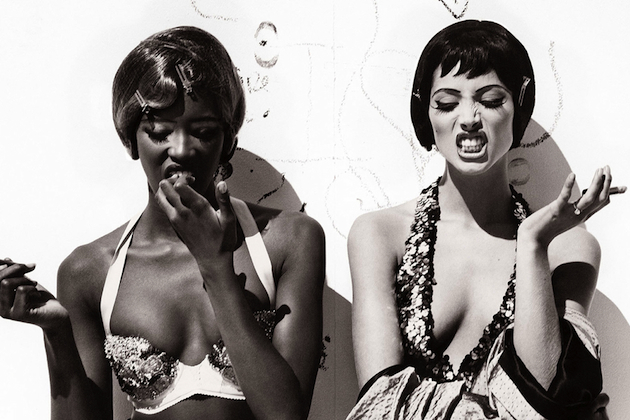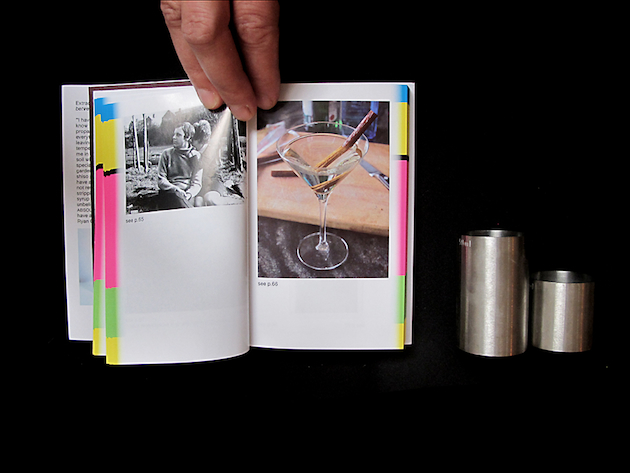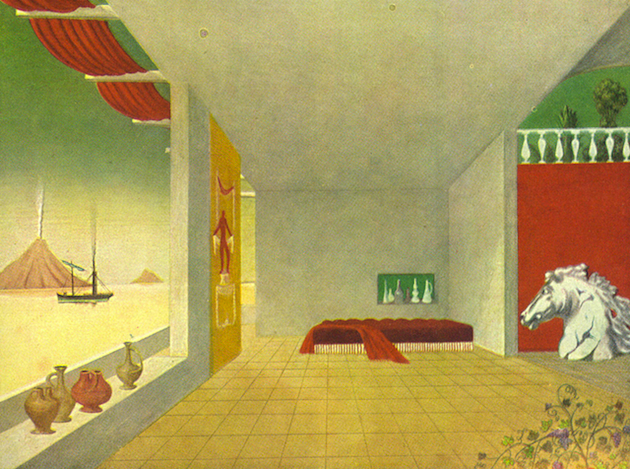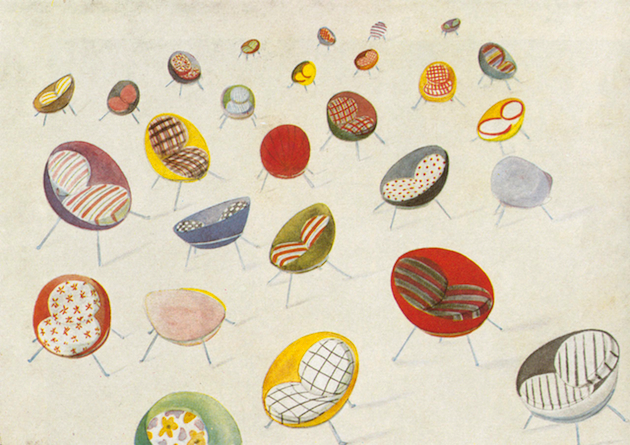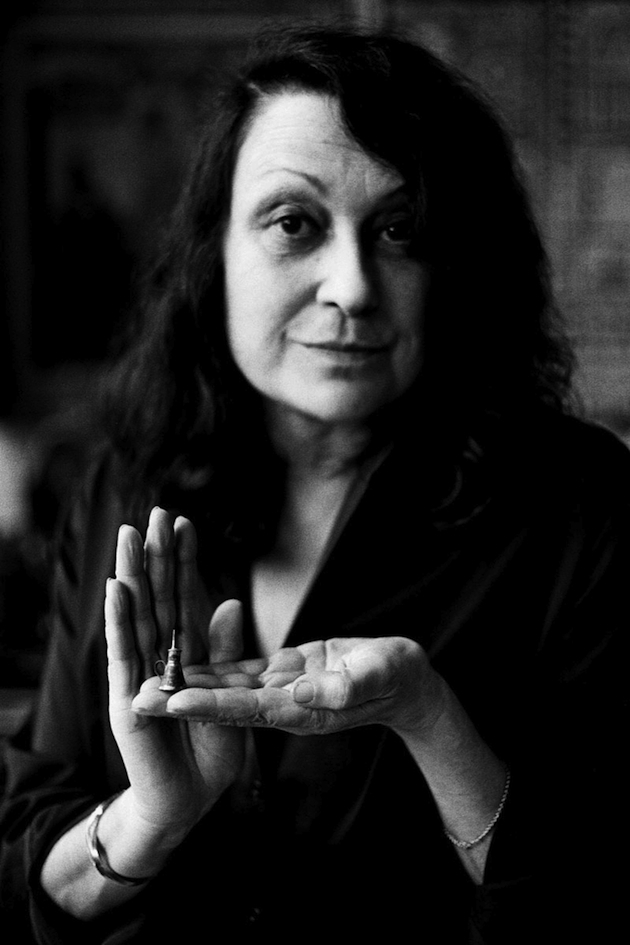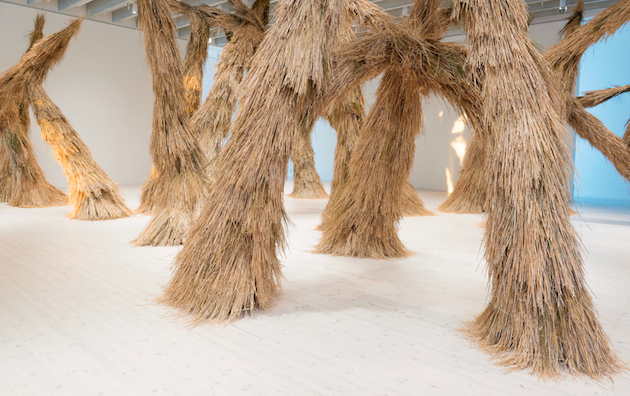
Within design practice, a sphere apparently focussed on rationality, rigour and functionality, speaking about the role of intuition and playfulness as a key driving force of innovation may be judged blasphemous. And yet, it is exactly a spark of intuition (often justified by recurring to a designer’s ‘creative genius’) what gives shape to some of the most revolutionary solutions in design. For Fernando and Humberto Campana, relying on intuition and, thus, its often unpredictable outcomes, forms the most defining characteristics of their work. From their first approach to design practice – Humberto Campana unexpectedly ventured into design in 1984, shortly after graduating from law school – to their visually exuberant, unapologetic designs, Campana brothers’ work has been guided by intuition, as in a desire to translate their Brazilian national character into a specific design methodology.
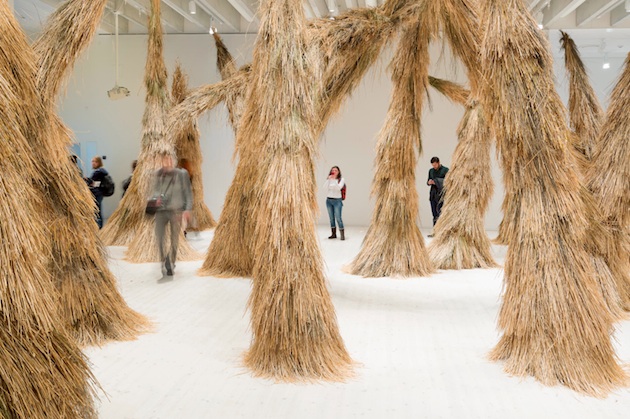
As such, Campana brothers’ work is dedicated to storytelling, revealing the origins and reasoning behind a project through emotion and deliberately provocative visual configurations, bridging the gap between art, design, installation and architecture. A recent example of this approach is their exhibition at Bildmuseet, a university museum in Umeå, Sweden, which features a site specific installation titled “Woods”. With their hands-on approach, playful translating physical specificities of materials (in this case, locally sourced flax and wood) into emotional qualities, Campana brothers have built a series of tree-like structures that have overtaken the gallery space. Deliberately mixing together the organic appearance of structures that look animated and dynamic, with the peculiar structure of the material and cold artificial lighting of the museum and its white-cube space, Campana brothers have both pointed a magnified lens at the museum as such, as well as invited people to immerse themselves in nature, to feel its silence, light, smell and texture. An experiment in the power of sensations, visual and material dichotomies and three-dimensional storytelling, “Woods” showcases Campana brothers’ exceptional ability to adapt their work to the specific context in which they work, and build a world of feelings, images and sensations that could not be better experienced than by immersing oneself in it and simply following the designers’ intuition.
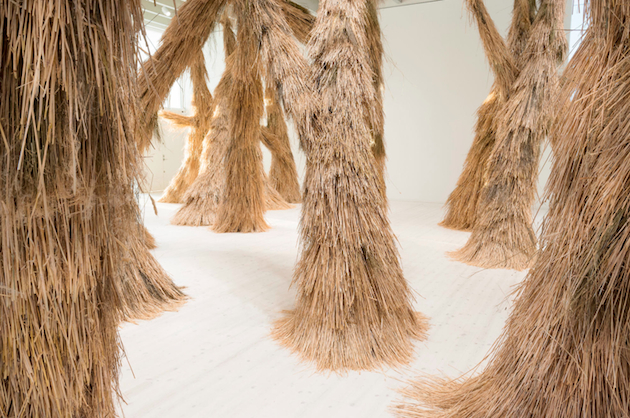
“Woods” by Fernando and Humberto Campana will remain on show until February 8th 2015 at Bildmuseet, Umeå University in Sweden.
Rujana Rebernjak
